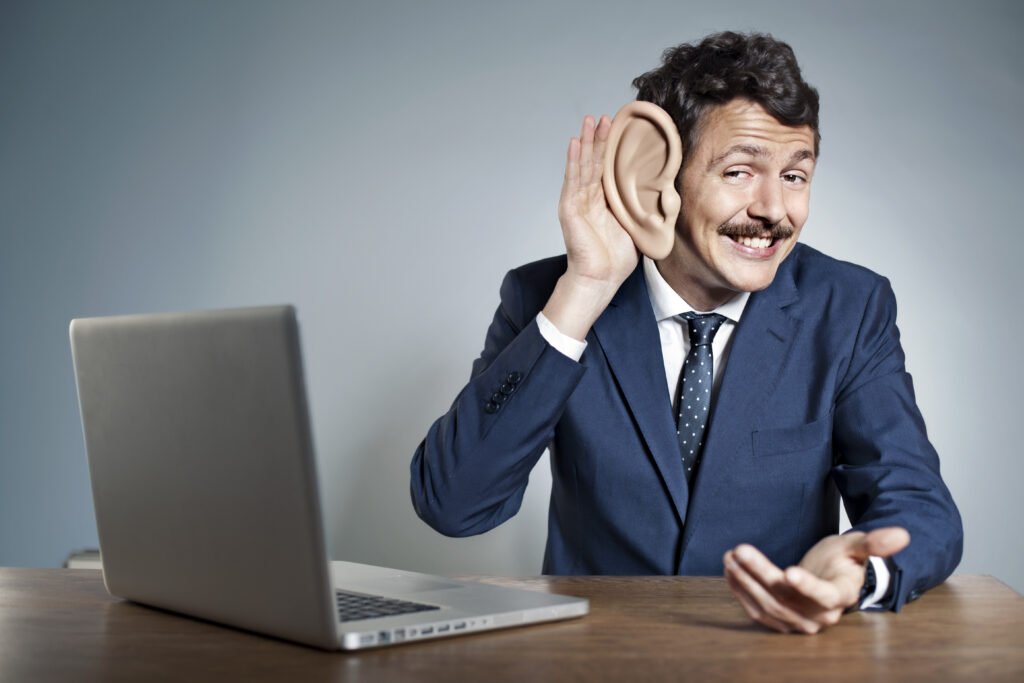Here’s to Ears: Ears are as good an identifier for someone as their fingerprints–even for identical twins. Each person’s ears are distinct both from their genes, and from distinctive features acquired throughout their lives.--phys.org
You read it first in The Factory in Guide magazine.
You are unique! There is only one of you in all the earth. That’s right! No one else has all your specialness wrapped up in one package that is you!
Now, I have heard people say that each of us has a twin out there somewhere. A doppelganger. A person who looks exactly like us. Some people have even met their doppelganger. And with today’s technology working with genetics, I would venture to say that if these people got tested, they may find they are in fact related. Perhaps, a long, lost cousin they never knew they had! However, no one else has the exact distinctness of another person. The Lord has created each of us with our own individuality and uniqueness.
Over the years we have found out fascinating things about the human body. Take fingerprints, for example, no two are alike; no two fingerprints, no two toe prints! Prints can have three main characteristics: Loops, Whorls and Arches.
Somewhere along the line, someone thought this was a good way to identify people. And in 1892, Juan Vucetich was the first to successfully use fingerprint identification to solve a murder case in Argentina. Police departments the world over have collected and stored the prints of criminals ever since.
Using biometrics and forensics for identifying the dead, confirming living people’s identity, and even solving criminal cases has grown over the years. In the more recent past, it has been found that the use of dental records, facial recognition, palm prints, and iris scans, as well as tattoos, scars and birth marks are also very helpful.

Today, new research for identification purposes is being done using the ear. Have you had a chance to look at your ears? Have you ever noticed how one ear is different from the other? The shape isn’t exactly the same for both, or one lobe may be longer than the other. Each individual characteristic of the ear helps to make a unique record of identification.
Our ears are fully formed at birth. However, as we age they continue to grow slowly, but unless you have an accident or intentionally change them with plastic surgery, they don’t change much.
With the use of a new technology called “Image Ray Transform”, beams of light shine on the tubular features of the outer ear, creating an image from the way light reflects off the ear’s curves. By repeating this process thousands of times, a clear image of the ear is formed. Subsequently, these curves are translated into a series of numbers that can be used as an identification tool. This is said to have a 99.6% measurement of accuracy.
“There’s real power in using the appearance of an ear for computer recognition, compared to facial recognition. It’s roughly equivalent if not better,” said computer scientist Kevin Bowyer of Notre Dame, who is pursuing his own ear-recognition technology. “If you’ve [only] got a profile image for someone, this is a great way to use it.” Only the future will tell how much this will help advance the way we can identify people.
Psalm 139:13-14: “For You formed my inward parts; You covered me in my mother’s womb. I will praise You, for I am fearfully and wonderfully made…”
—Carol Lyons, Assistant
Discovery Mountain
Scripture taken from the New King James Version, Copyright 1982 by Thomas Nelson. Used by permission. All rights reserved.
Learn More About This Fact
For more interesting facts, click on the buttons below!